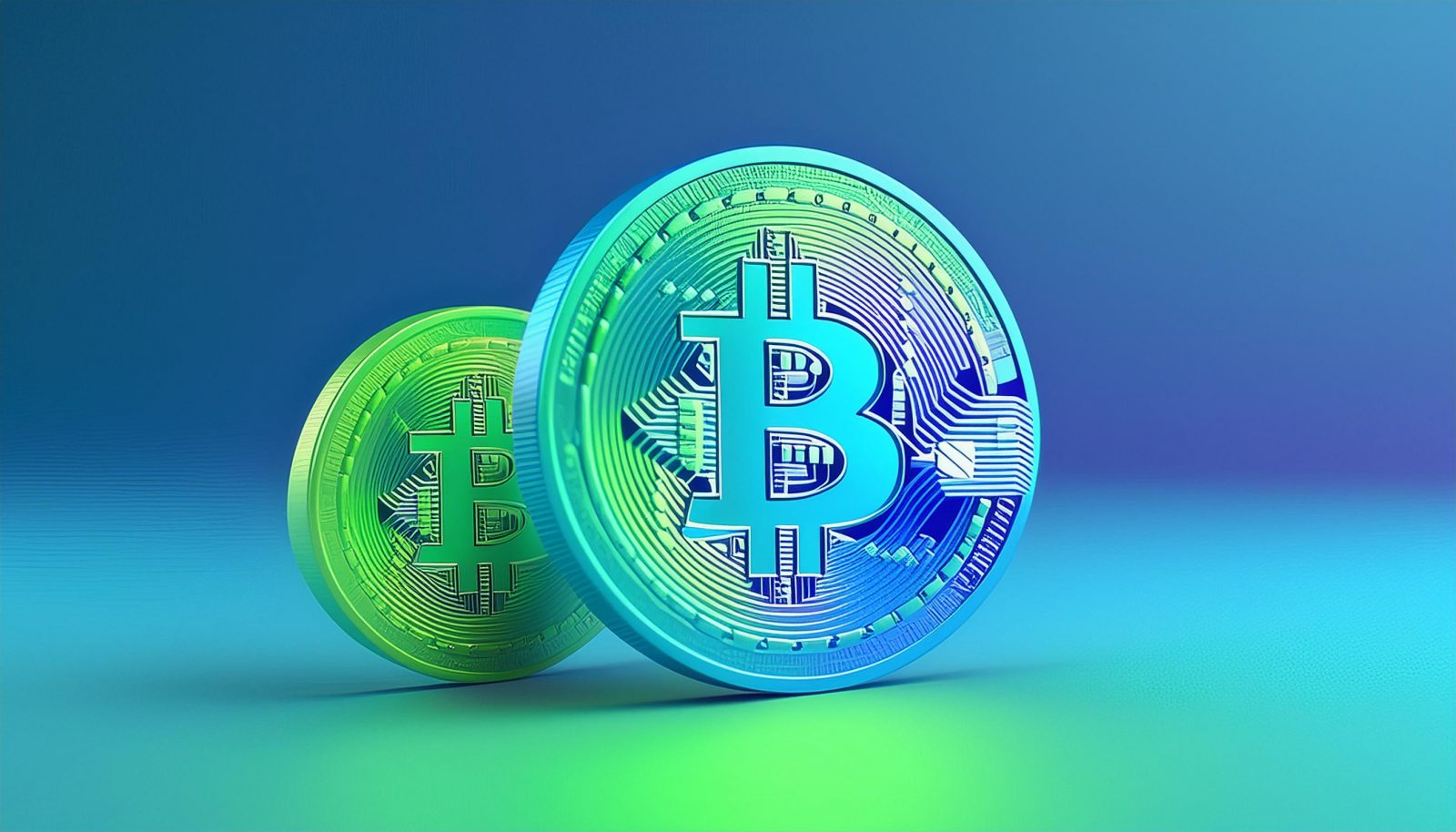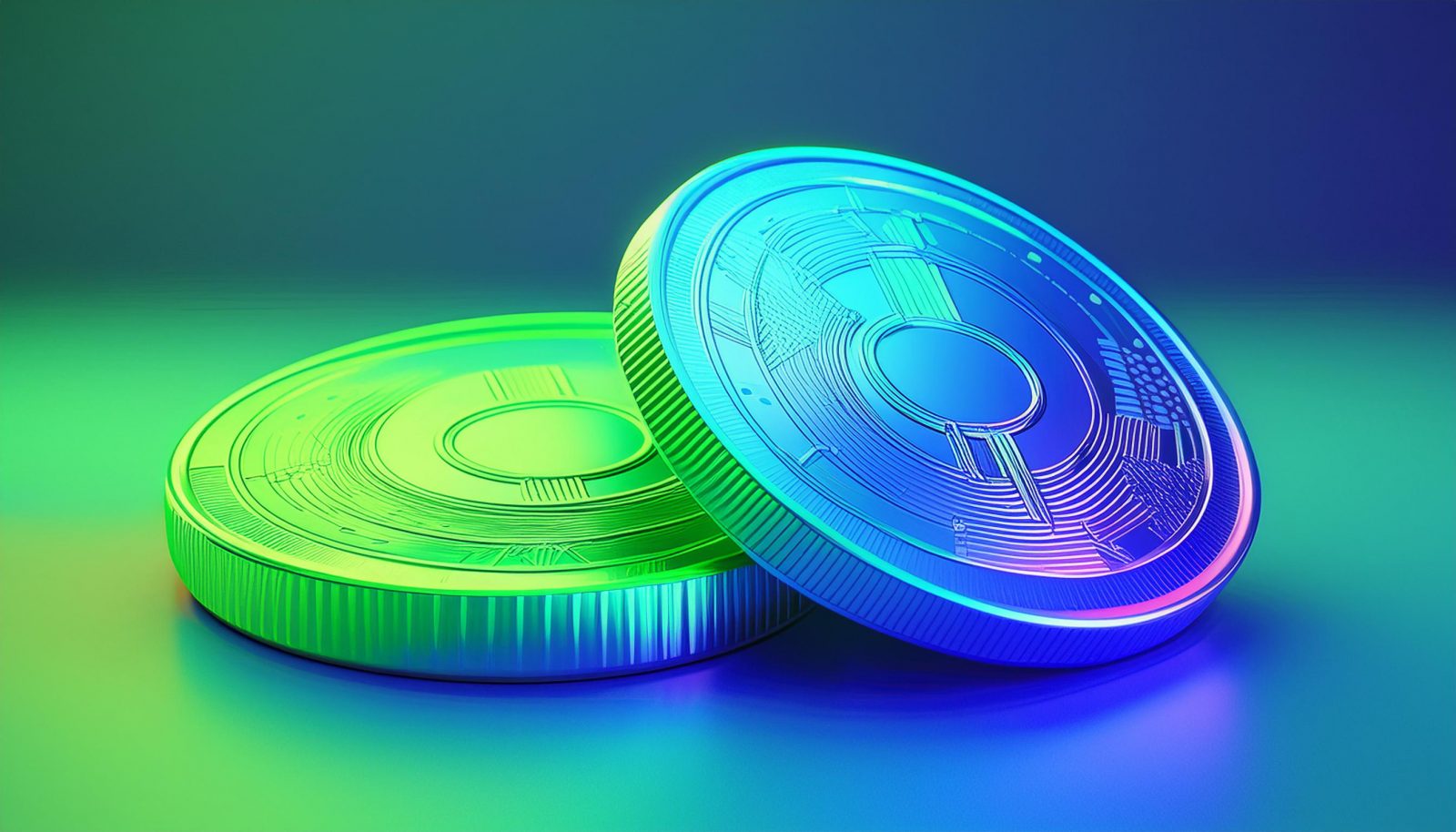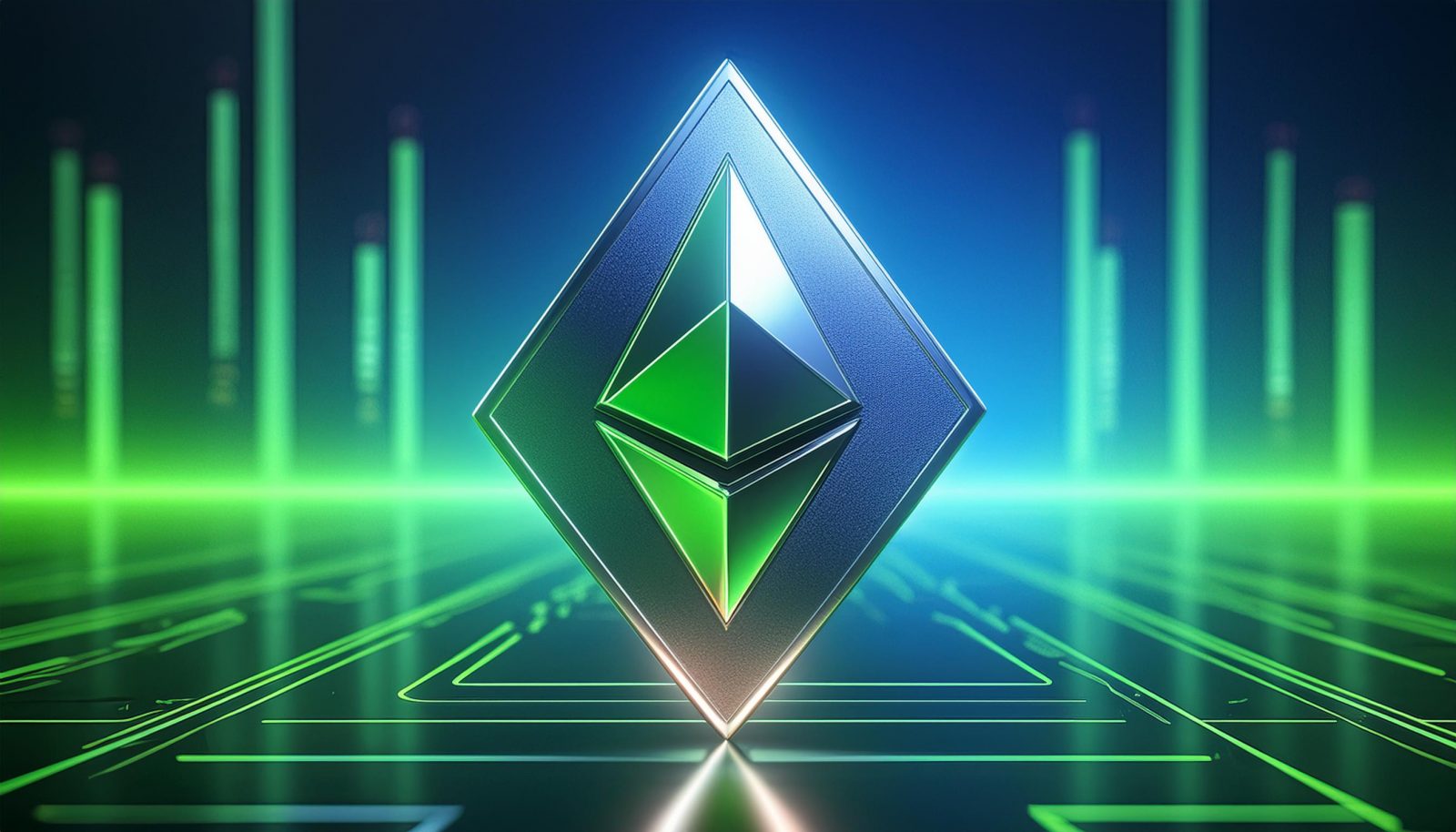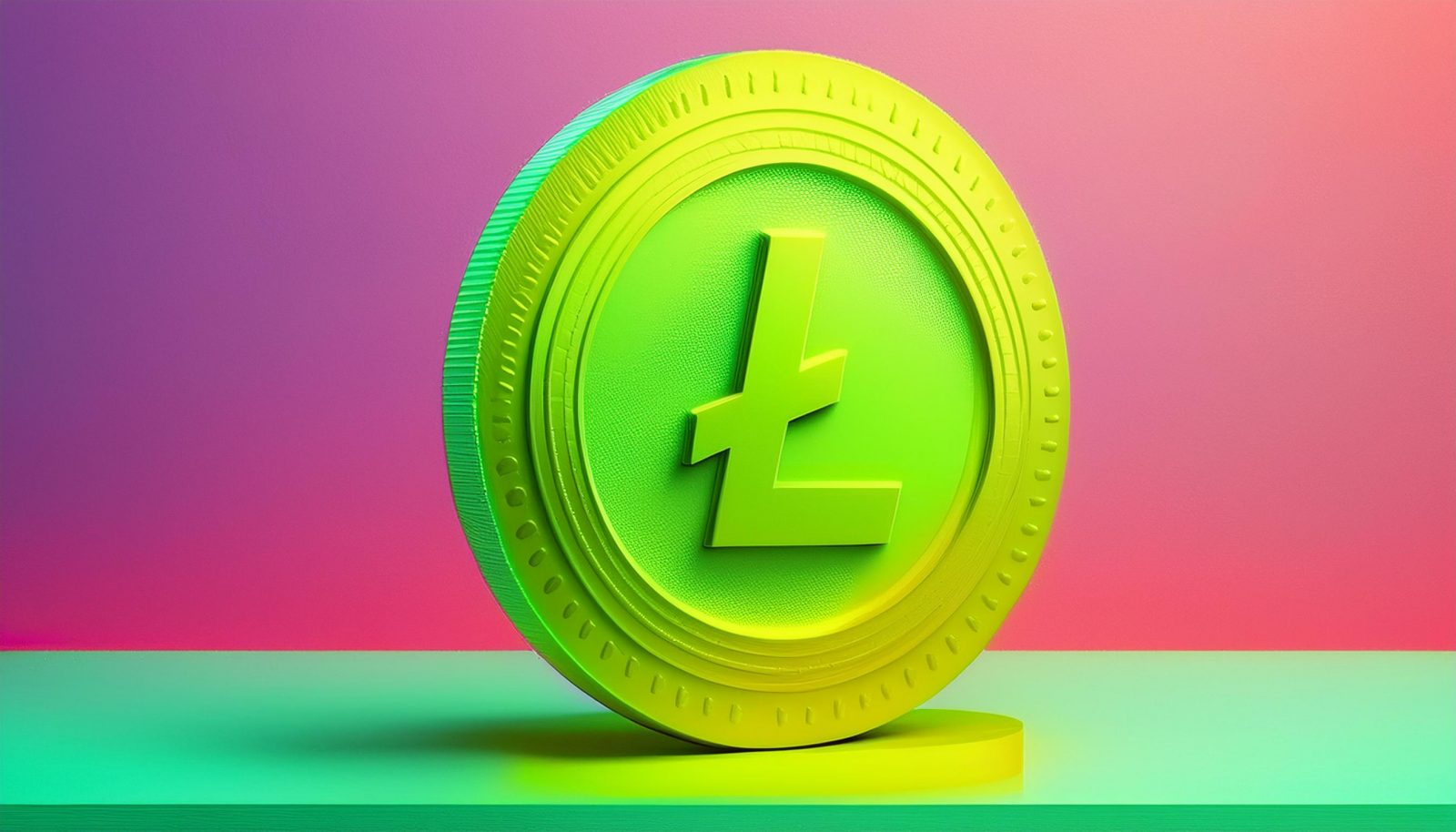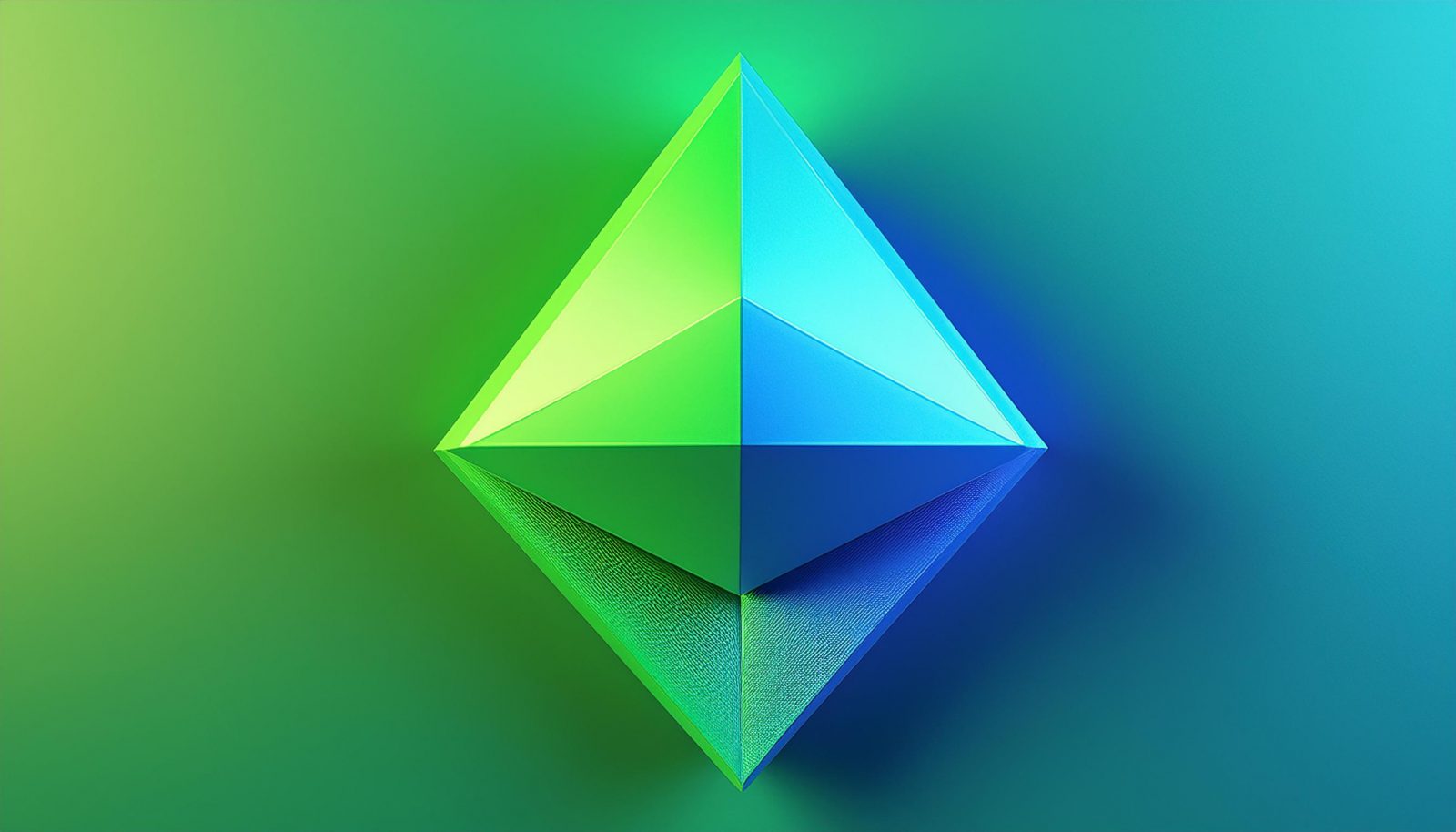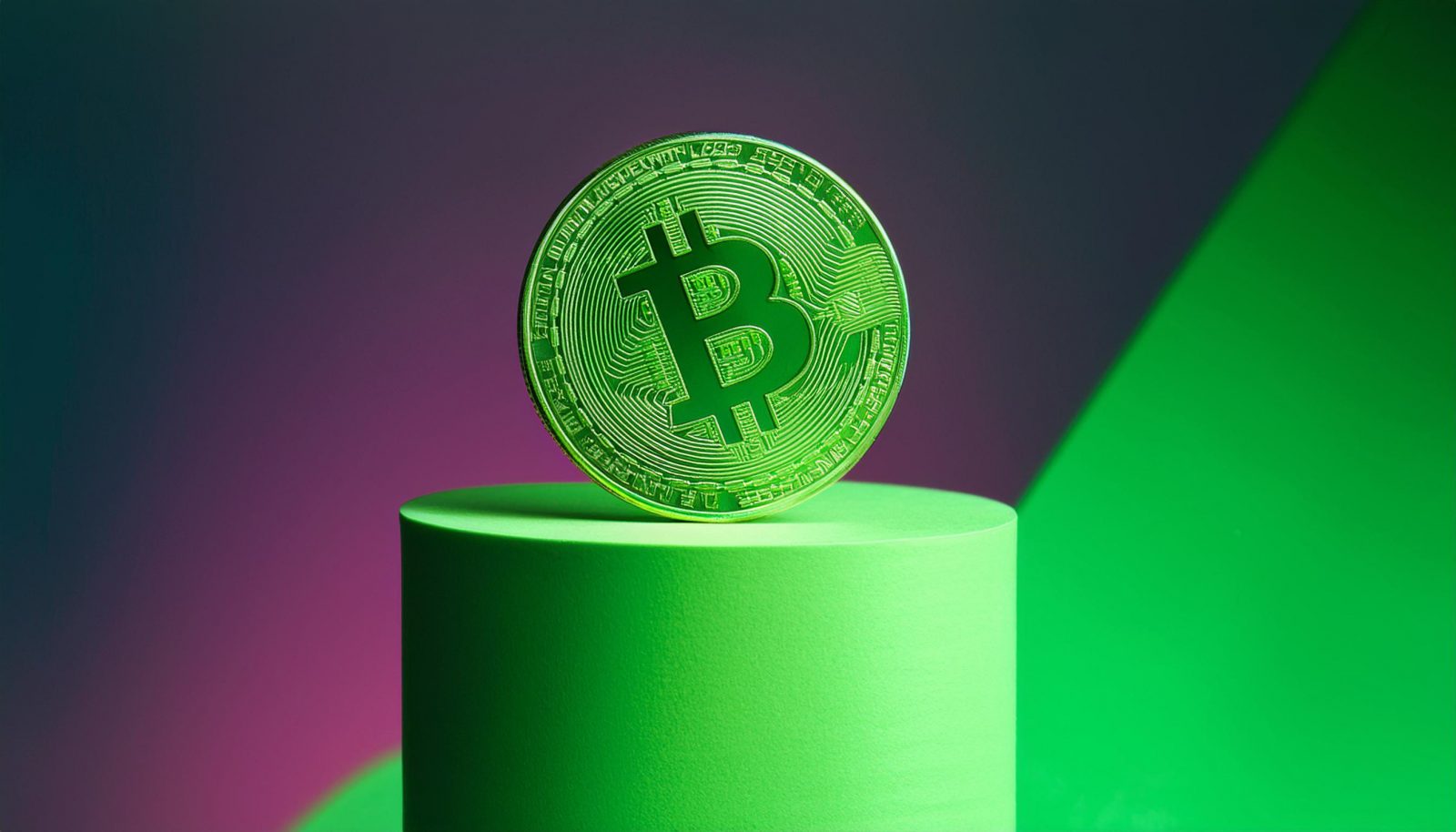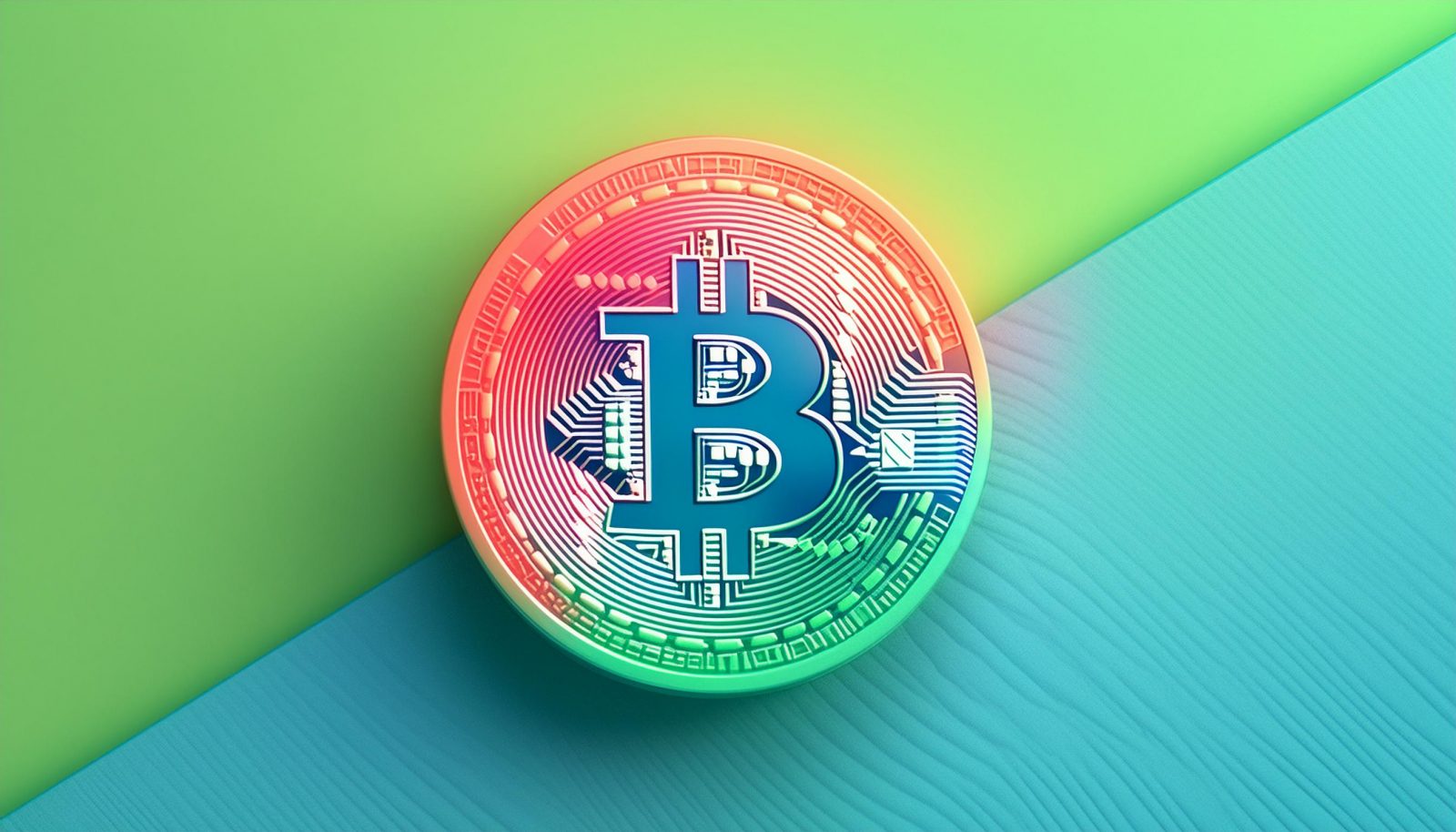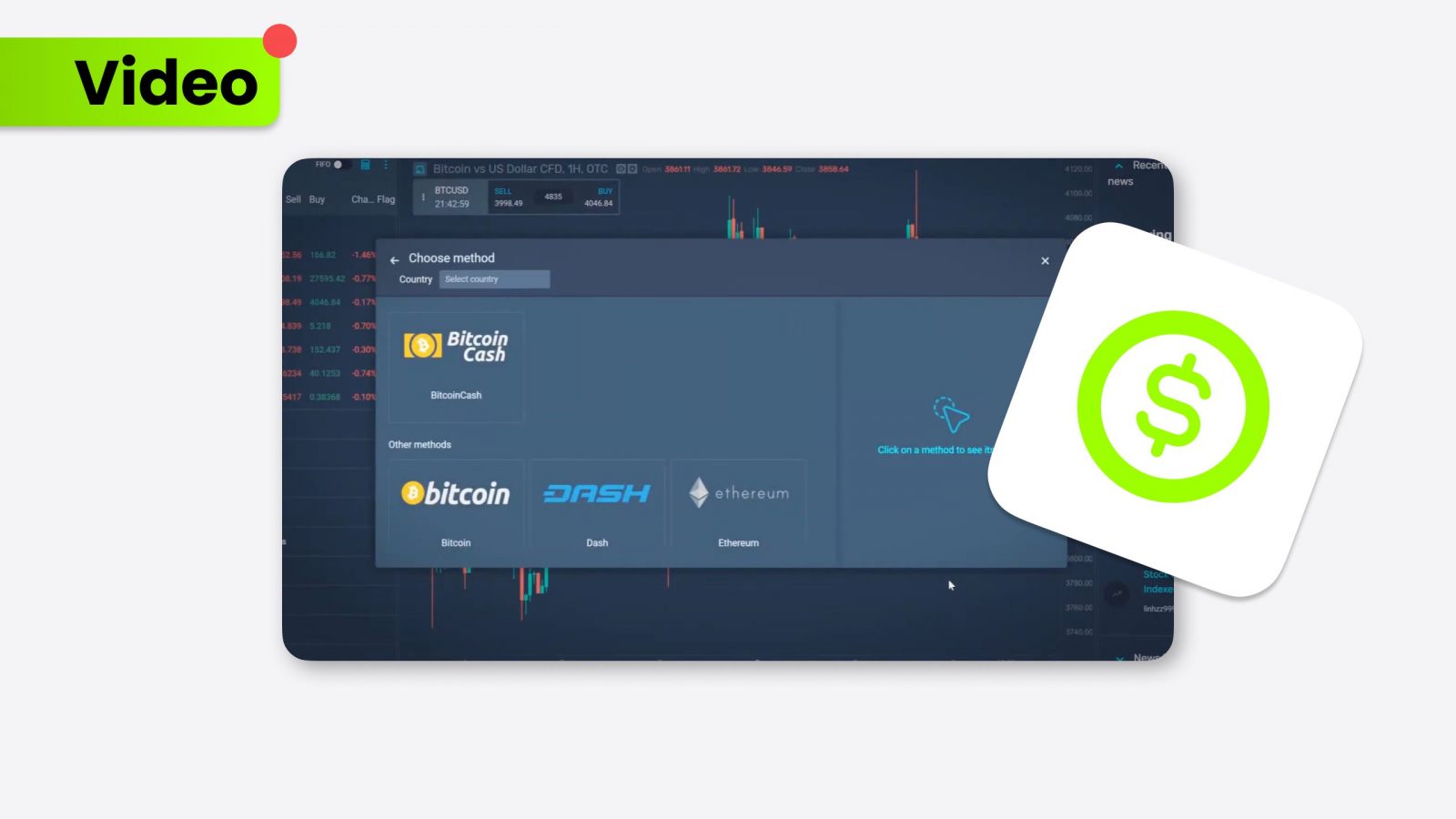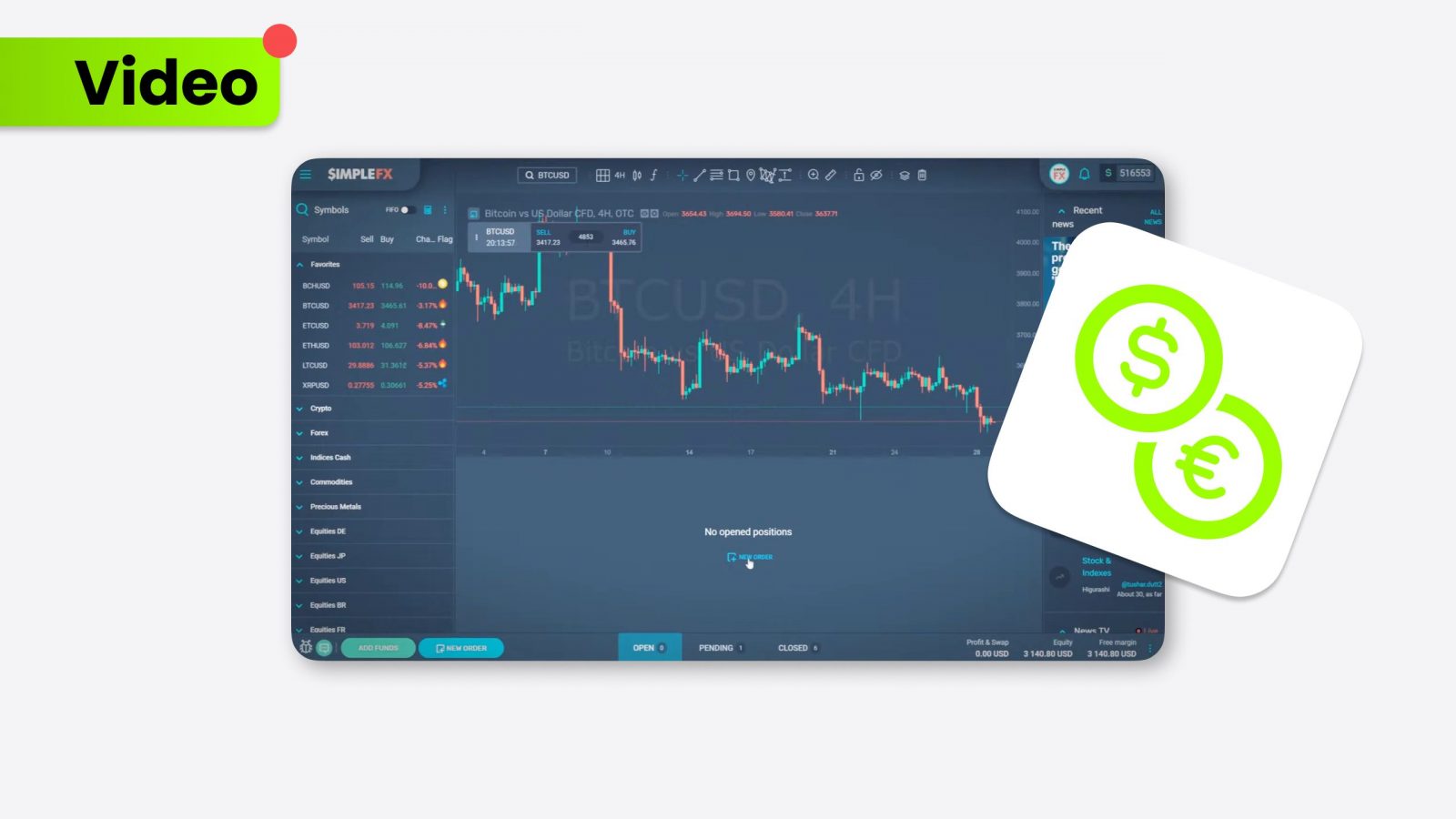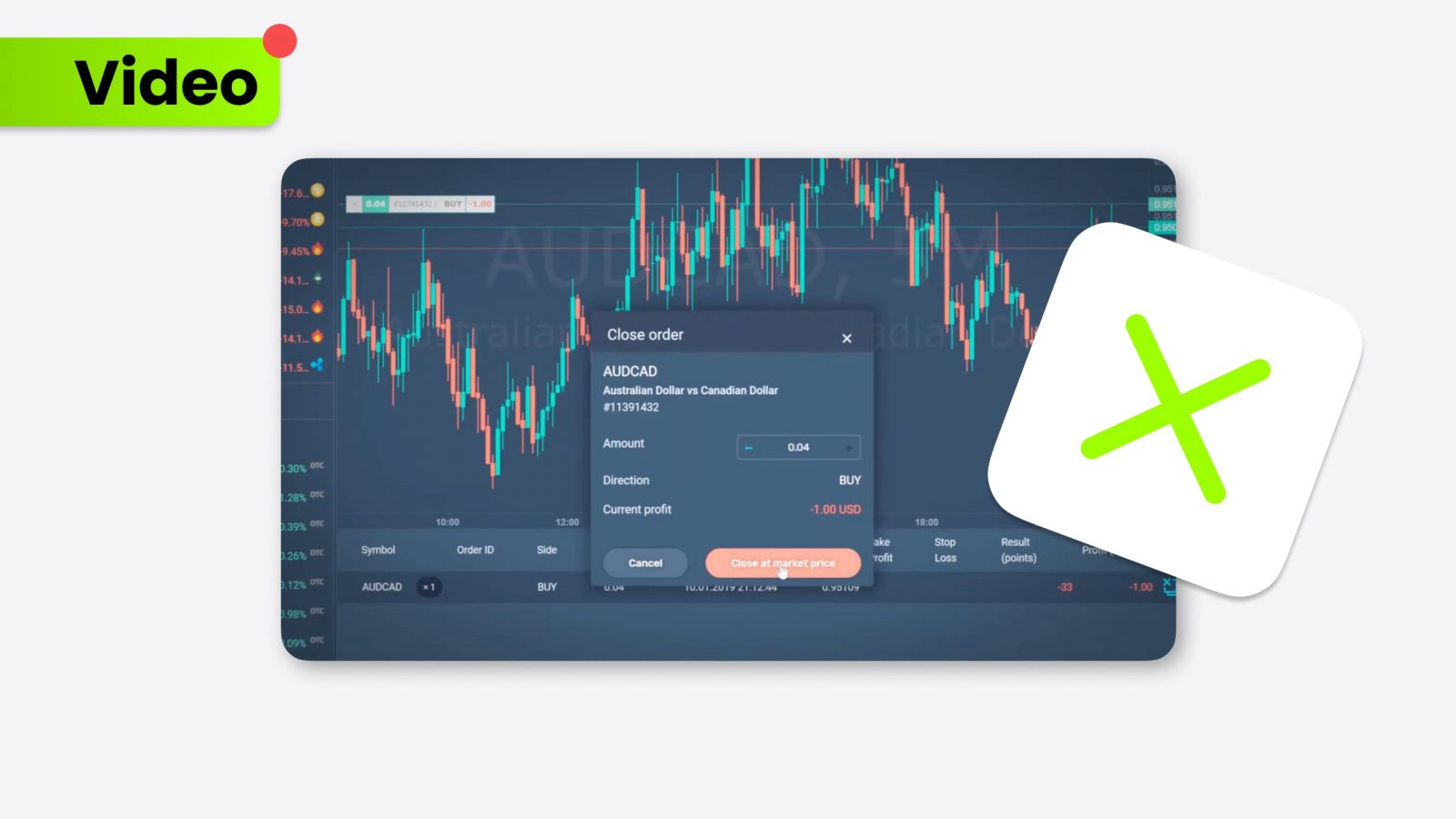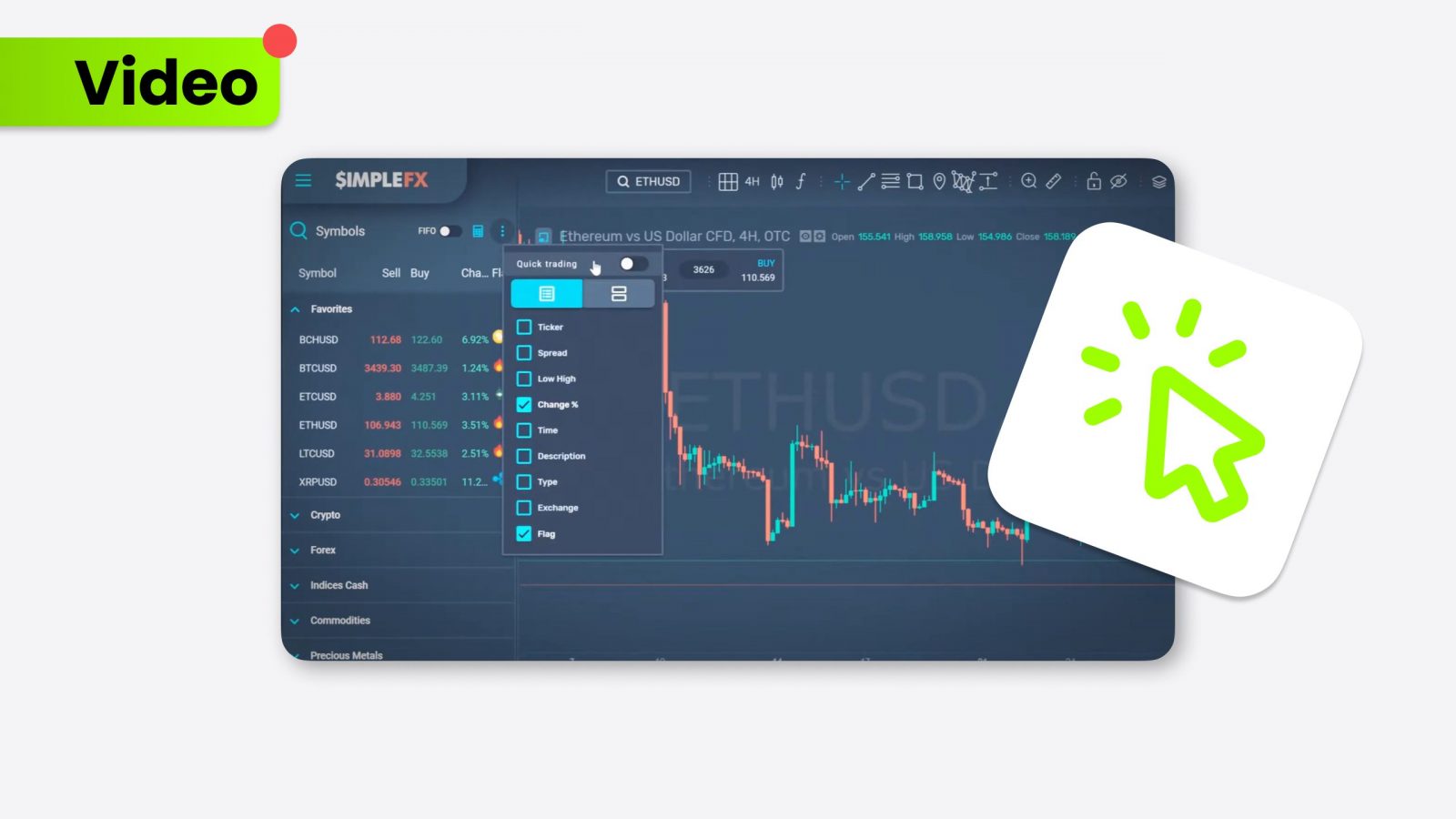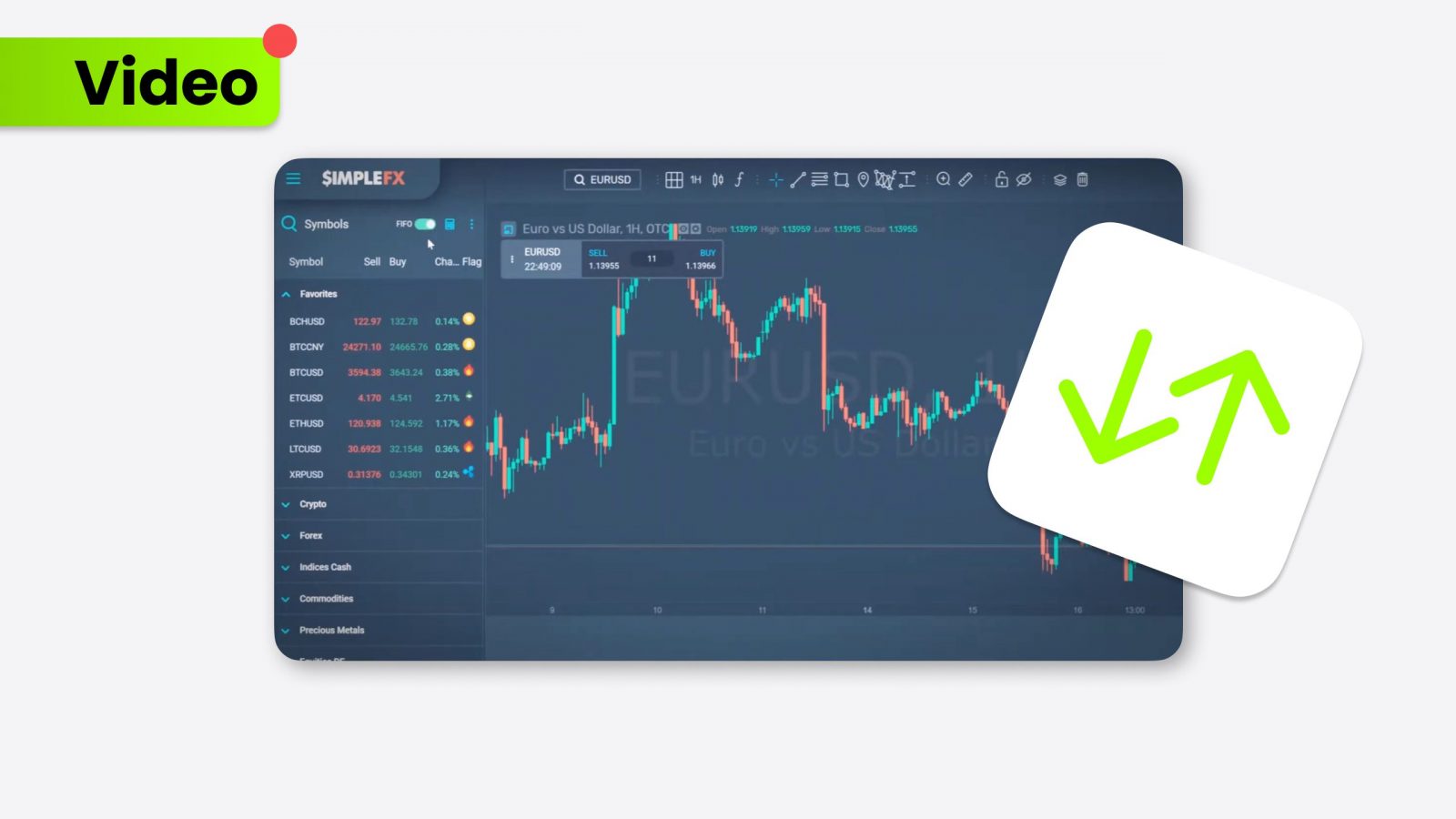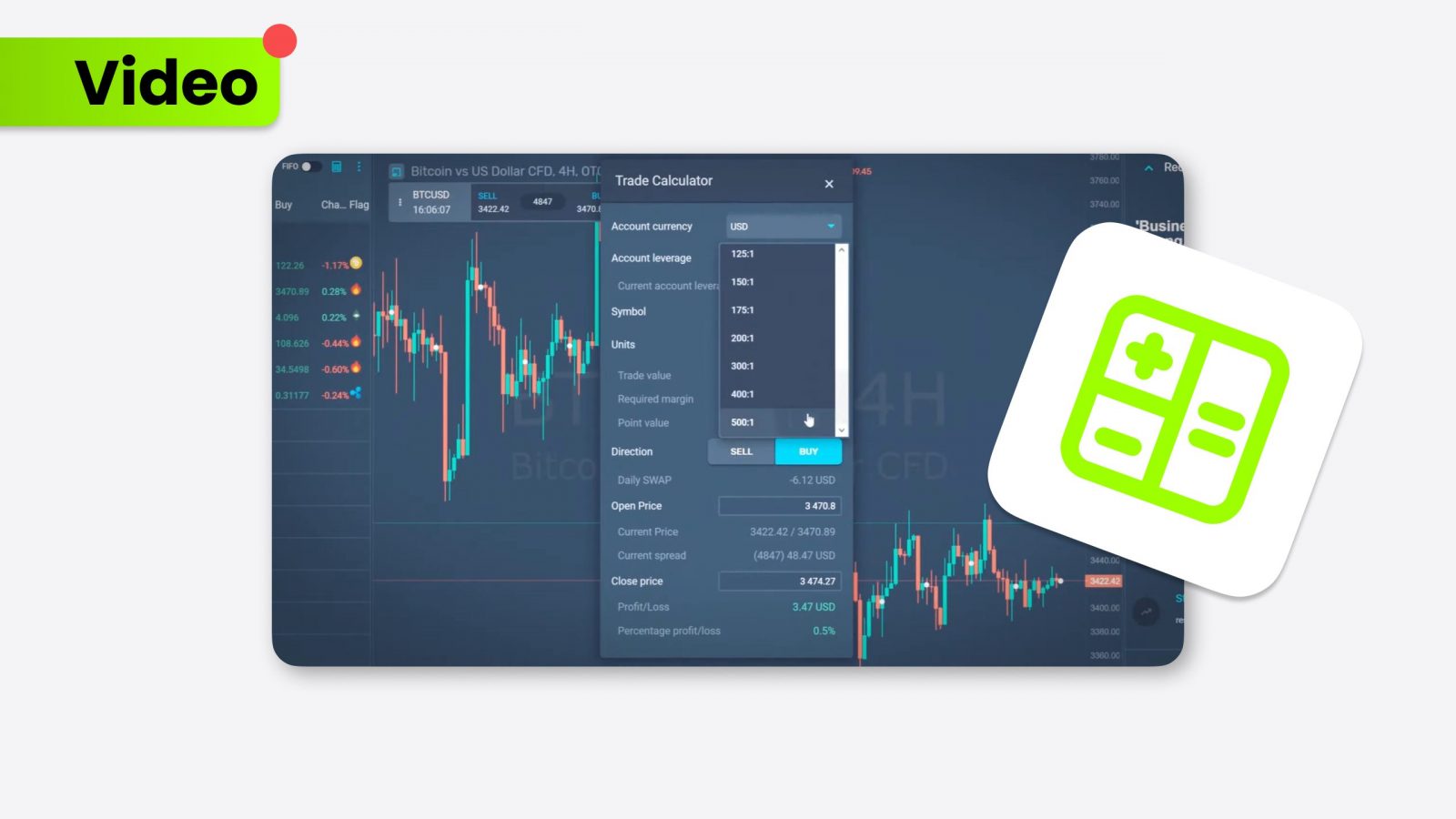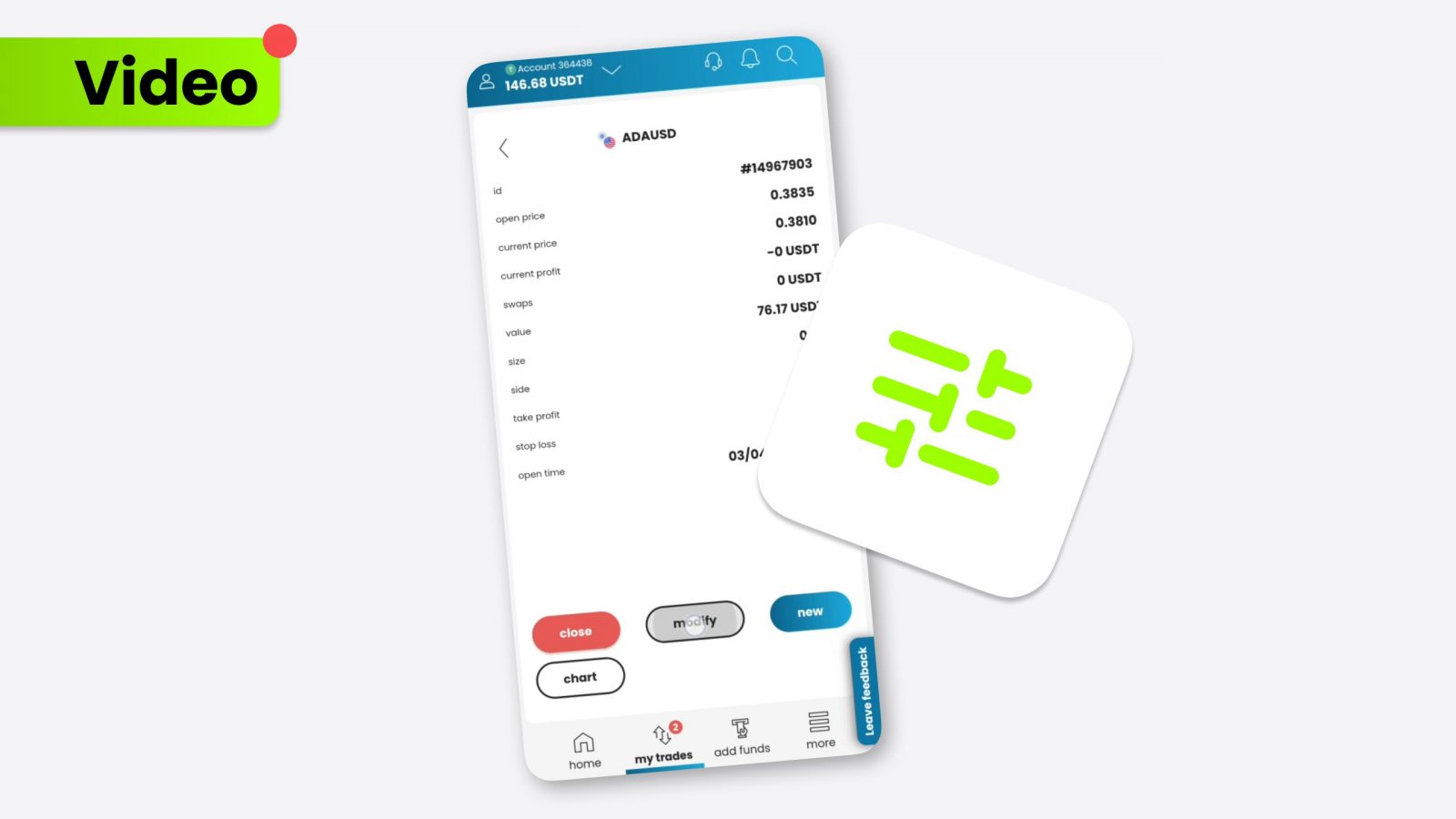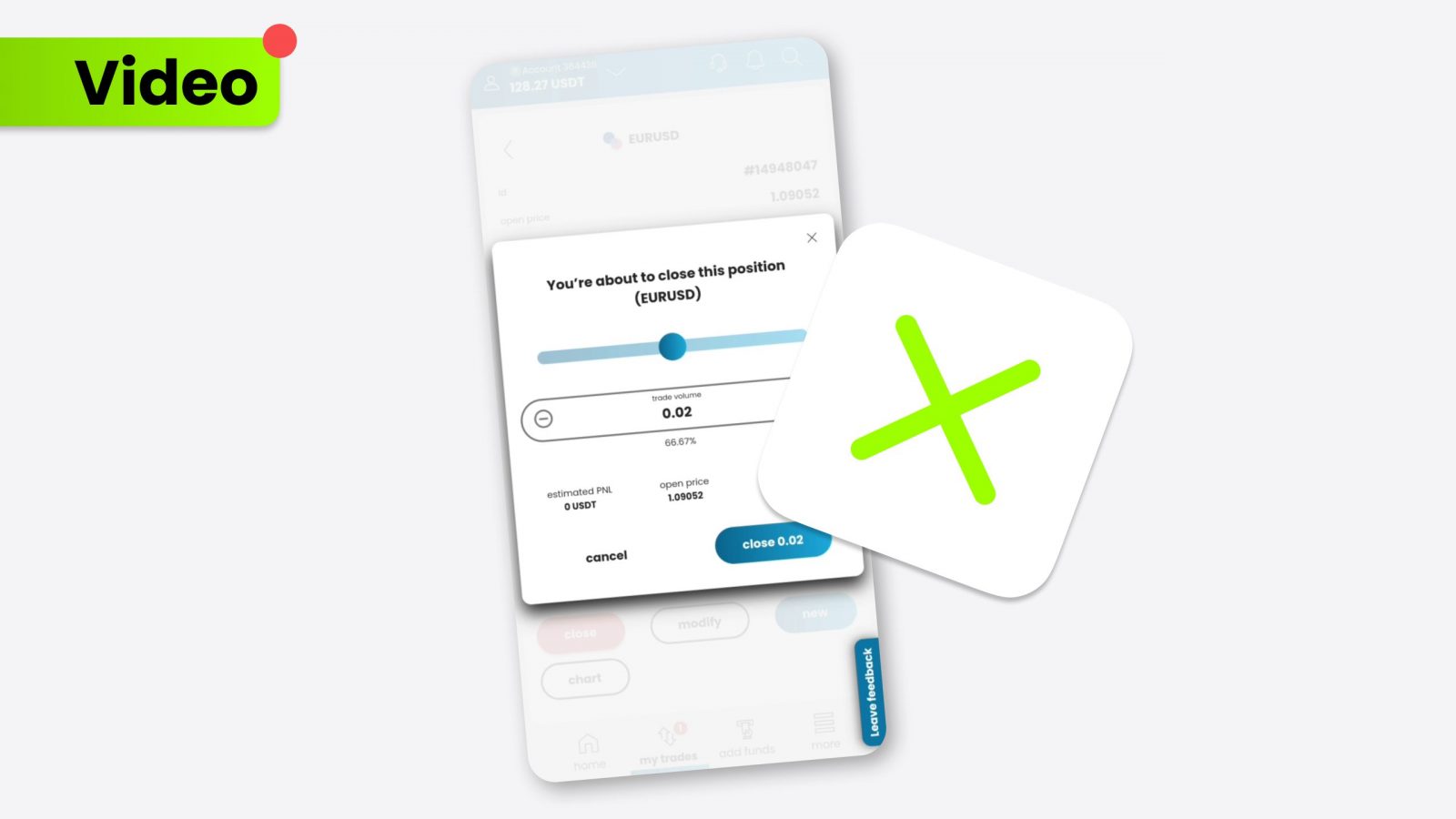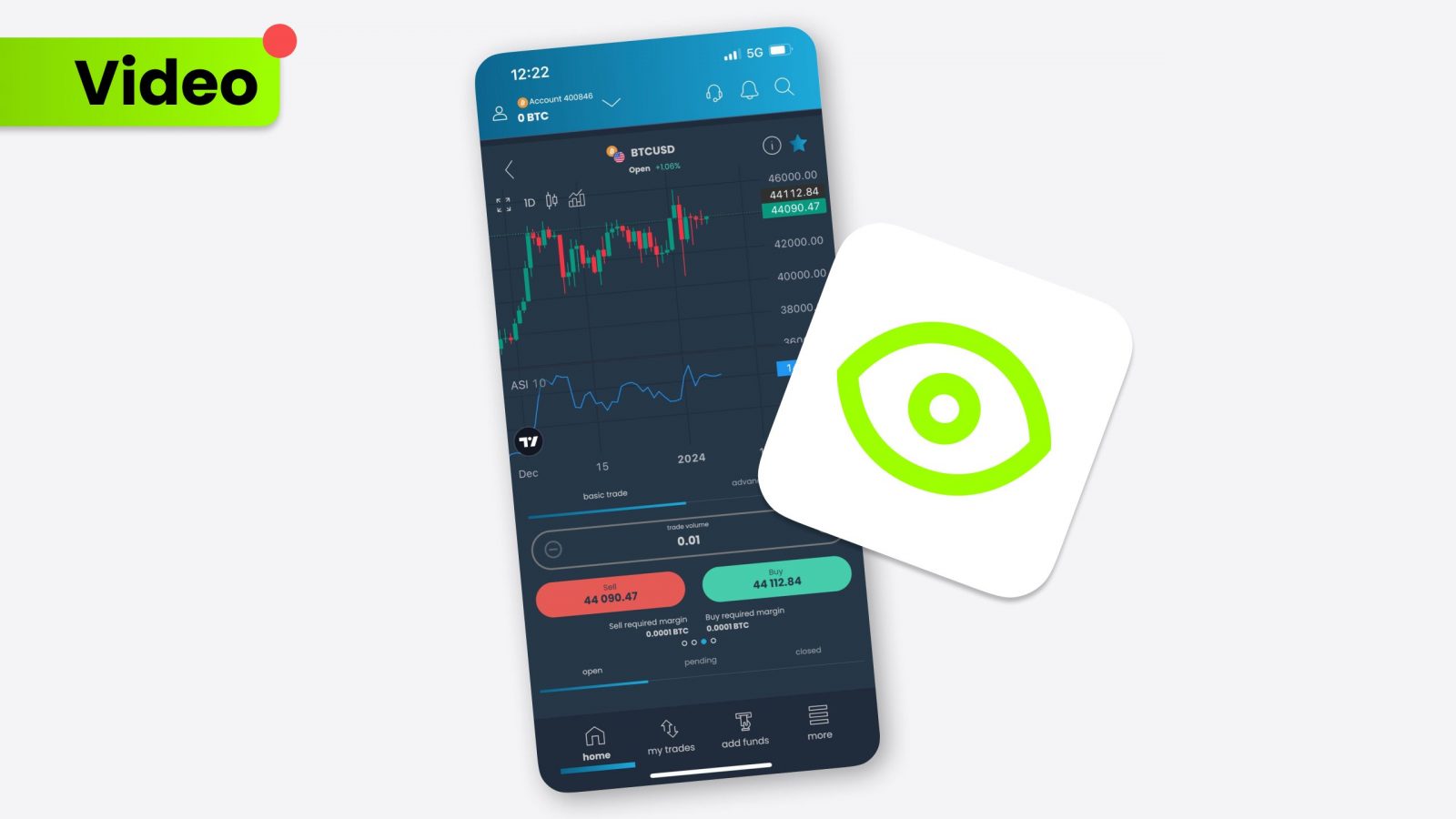Satoshi, named after Bitcoin’s mysterious creator, represents the smallest unit of the Bitcoin cryptocurrency. Understanding what a satoshi is and its role within the Bitcoin ecosystem helps new and seasoned investors navigate the cryptocurrency world more effectively.
- What is Satoshi: Overview of the basic unit of Bitcoin.
- Bitcoin vs Satoshi: Exploring the relationship and differences between Bitcoin and its smallest unit.
- Satoshi conversion: How to convert satoshis to USD and their role in Bitcoin transactions.
What is satoshi?
In the realm of Bitcoin, a satoshi is the smallest denomination of this cryptocurrency, named after Satoshi Nakamoto, the creator of Bitcoin. This unit is vital for microtransactions and precise value transfers within the Bitcoin network. Understanding the conversion of satoshi to USD is crucial for all levels of Bitcoin users. This conversion helps users track transaction costs accurately and understand the real-world value of each satoshi.
Satoshi in Bitcoin
One satoshi is equivalent to one hundred millionth of a single Bitcoin (0.00000001 BTC), which allows for transactions of smaller amounts of Bitcoin and facilitates a more versatile and detailed use of the currency. This smaller unit of measure makes Bitcoin accessible for everyday transactions and smaller financial exchanges, reflecting the original intent of its creator to create a decentralized digital currency for widespread use.
Bitcoin vs Satoshi
While Bitcoin operates as a digital currency powered by the proof of work consensus mechanism, satoshis serve as minute fractions that make Bitcoin accessible for smaller transactions and new users. These smaller units, known as satoshis, are practical for tiny day-to-day transactions or online tipping, highlighting their utility in everyday digital spending.
Given that the price of Bitcoin can be very high, trading in satoshis provides an accessible entry point for new crypto enthusiasts without requiring significant upfront investment. This accessibility is essential as it allows users to engage with Bitcoin at a lower entry-level, similar to how one might invest in altcoins, which are often seen as more accessible alternatives to Bitcoin due to their lower price points.
Satoshi: How many Bitcoins?
Understanding the mathematical relationship between satoshis and whole Bitcoins is essential for those engaging with the Bitcoin network. To determine how many satoshis make up a Bitcoin, remember that 100,000,000 satoshis are needed to form one whole Bitcoin, a basic but fundamental aspect of its arithmetic. This division into many parts allows Bitcoin to be used for micropayments. This essential feature supports using BTC in various financial applications, from online content purchases to tipping.
Conversion: Satoshi to USD
The conversion of satoshi to USD is a dynamic figure influenced by the current market value of Bitcoin and is crucial for practical financial management and investment strategies. As the value of Bitcoin fluctuates, so too does the value of a satoshi. This makes understanding market trends vital for anyone looking to convert satoshi to USD effectively.
For those using Bitcoin in everyday transactions, knowing the conversion rate of satoshi to USD can simplify pricing, budgeting, and investing.
Conclusion
Satoshi represents more than just the smallest unit of Bitcoin; it embodies the decentralized ethos of cryptocurrency, making Bitcoin accessible and usable for a broader audience. Understanding how many satoshis are in a Bitcoin and the conversion of satoshi to USD is not just technical knowledge but a practical necessity for navigating today’s digital currency landscape. For investment or daily use, grasping these concepts is fundamental to leveraging Bitcoin to its fullest potential.

